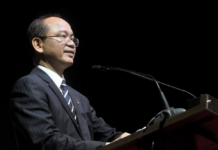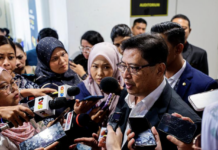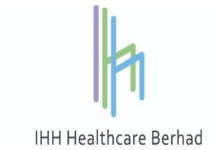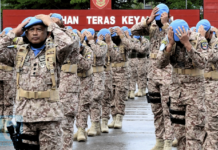KUALA LUMPUR, Sept 10 – Experts have recommended that the government allocate 2.5 per cent of its gross domestic product (GDP) annually in the budget for public infrastructure maintenance to ensure the long-term sustainability and functionality of national assets.
Malaysia Institute of Transport (MiTRANS) director and Universiti Teknologi MARA (UiTM) Associate Professor Dr Wan Mazlina Wan Mohamed said the investment is important to preserve the quality and usability of the country’s infrastructure.
“The government can help prevent deterioration and extend the lifespan of critical infrastructure assets by committing to this annual maintenance budget.
“The golden rule of percentage for transportation project maintenance allocation generally refers to a recommended percentage of GDP that should be dedicated to maintaining infrastructure,” she said.
Wan Mazlina noted that the maintenance allocation varies based on a country’s economic status.
“For low-income countries, approximately 3.3 per cent of GDP is needed. For middle-income countries, around 2.5 per cent of GDP is recommended. As for high-income countries, about 0.76 per cent of GDP is suggested.
“These percentages are derived from analyses by the World Bank and the European Conference of Ministers of Transport (ECMT), highlighting the importance of adequate funding for maintenance to ensure infrastructure sustainability,” she said.
The associate professor added that for new projects, a common guideline is to allocate 10 per cent to 15 per cent of the total project cost for preventive maintenance.
“Neglecting maintenance can lead to significant effects on both the infrastructure and the broader economy,” she said.
Universiti Utara Malaysia School of Technology and Logistics Management Associate Professor Dr Rohafiz Sabar said it is crucial to compare Malaysia’s performance and approach with other countries that have successfully developed effective social transport systems.
“For example, Singapore has a highly efficient public transport system with buses, MRT, and LRT. Its advanced technology and integrated electronic payment system make it convenient for users. Malaysia can learn from Singapore’s approach to integrating transport modes and using smart technologies such as artificial intelligence.
“In the United Kingdom, there are public transport and welfare systems that provide subsidies, minimum or free (services) for low-income individuals, the elderly, and the disabled.
“Malaysia could consider additional subsidies for social transport costs for economically disadvantaged groups,” she said.
She also noted that Sweden emphasises sustainability with the use of electric buses and trains, as well as an extensive transport network.
















